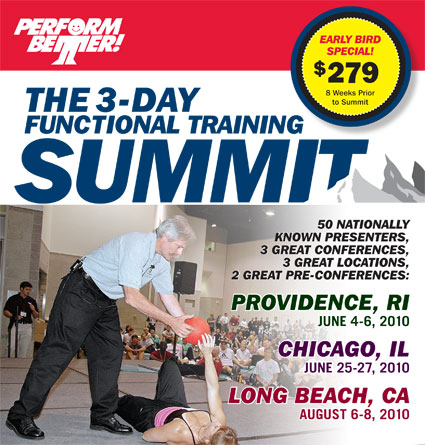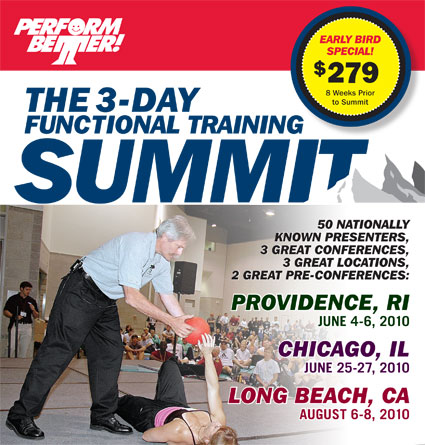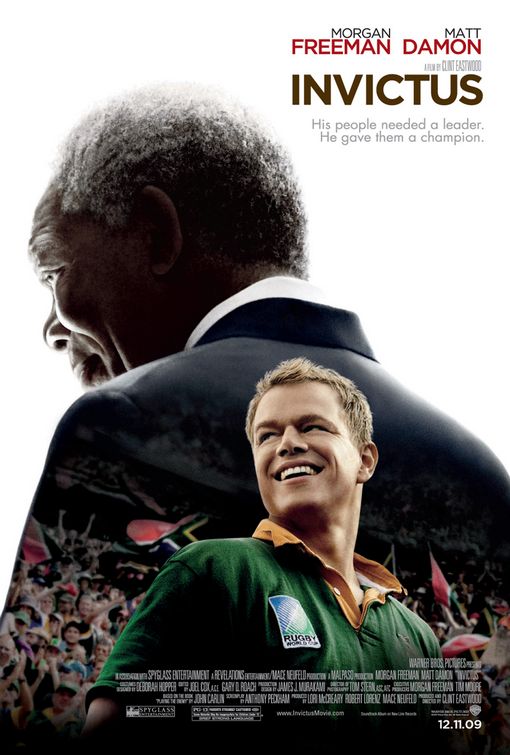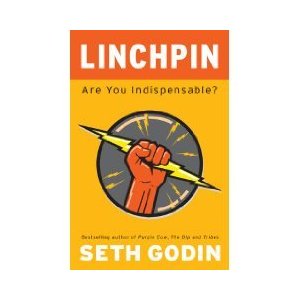 The 2nd day of the Perform Better Functional Training Summit started at 8am on Saturday. Here is the lineup of all the speakers and some of the information that I got from the day:
The 2nd day of the Perform Better Functional Training Summit started at 8am on Saturday. Here is the lineup of all the speakers and some of the information that I got from the day:
Todd Wright- Todd is the Strength and Conditioning Coach for Men’s Basketball at the University of Texas. Todd is a guy who has an unbelievable passion for learning and helping his guys get better. Todd is highly influenced by Physical Therapist Gary Gray and his organization’s methodology. He is also an entertaining speaker who is pretty funny. Here are some of the things that I took from his talk:
– Locomotion is the ability to get from A to B using a variety of specific movement patterns that will allow you to accomplish the task most efficiently
– Although the primary patterns of locomotion are walking, running, shuffling, skipping, and carioca, the possibilities of progressions and variations are endless
Chris Frankel- Chris is the Director of Programming for Fitness Anywhere, the makers of the TRX. Although I have been using the TRX for a few years now, I’ve never been able to see Chris speak on the concept of suspension training. Chris did a great job both in the lecture and the hands-on sessions. Here are some of the keys that I got from both:
– Chris describes work as “high intensity interval training built on strong focused movements.”
– When doing a plank, or whenever you are holding yourself against gravity (such as with the TRX), you should focus on flexing your trunk, extending your trunk, side bending your trunk to the right, and side bending you trunk to the left, to create stability.
– The TRX is basically performing moving planks
Greg Rose- Greg is with the Titleist Performance Institute where they primarily work with golfers. This was a highlight for me because I have seen Greg speak before and was really impressed. His ability to evaluate movement in the golf swing and prescribe exercise strategies to prevent pain is remarkable. His speech is one of the main reasons why using a foam roller (especially a vibrating one) has helped me get out from the miserable state of the back pain I was having a few months back. I truly think that all strength and conditioning coaches should try to do this the best that they can with their athletes. Preventing injuries and/or rehabilitating injuries go a long way with clients. Greg is a pioneer in training for golf and I was glad I sat in this lecture. I am already looking forward to visiting with Greg at the institute in Oceanside, Ca this summer. Here are some of the keys that I took away:
– The number 1 injury in non-contact rotary athletes is compensation
– The key to controlling back pain from the golf swing is managing the hip and t-spine areas. (Do we see a pattern here?)
– There are 3 postures in the golf swing- The N posture, the S posture, and the C posture
– The reverse spine angle in the golf swing is the leading cause of back pain
– Never bring a mobility problem to a stability correction
– The inability to disassociate the hip and t-spine leads to injury
Sue Falsone- Sue is a Physical Therapist who works at Athlete’s Performance and with the Los Angeles Dodgers. She spoke on the Thoracic Spine, an area that she is passionate about and an area that I need to know more about. Here are some key points I got from Sue’s talk:
– When using the 2 tennis balls taped together for t-spine mobility, it is better to think about making anterior to posterior movements rather than simple rolling over the balls
– The t-spine has to move in order for our arms to move
– A great pec minor release that Sue showed was with a tennis ball against a wall where there is pressure applied between the wall and pec minor with an emphasis on scapula depression.
– Respiration is automatic, breathing is conscious
That was it for Saturday. It was another outstanding day of learning. Sunday, I stuck around for both a lecture and hands on by Thomas Meyers.
Thomas Meyers- Last, but certainly not least was Thomas Meyers. Thomas is the author of Anatomy Trains, a great book that describes the myofascial system. I think most of the attendees at the Summit stuck around just to see Thomas speak. Through his book and his lecture, Thomas gets you to look at things from a different perspective. I learned tons of information from the lecture and hands on. I am already thinking about how I am going to incorporate some of the line (frontal, posterior, lateral, and spiral) stretches into my training system. Here are some of the key points from both the lecture and hands on:
– Habit requires posture. Habits can’t be changed easily. Postures require structure- fascia
– Fascia has a proprioceptive emphasis and is 10 times more sensitive than muscle. There are 9 times more receptors in fascia than there are in muscle.
– Foam rolling and dynamic warm ups are good for turning on receptors
– “The body is 1 muscle surrounded by 600 fascial pockets”
– Fascia connects muscle to muscle. Isolation exercises are a mistake.
– Fascia is organized according to the forces that you apply to the body.
Again, the Summit was awesome. Unfortunately, I didn’t get to see everyone speak. There are so many great speakers and topics that you simply don’t get to see them all. I am planning on going to the Long Beach Summit for a day so that I can see some of the speakers who I didn’t get to see in Providence.
Another aspect that I want to point out is that there were over 700 people at the Summit. What truly amazes me is that I recognize a large number of people at these every year. These are people who are passionate about learning and helping their athletes or clients get better. On the other hand, there are so many people that I know that I never see at these events. I think as coaches or trainers, we get caught up in not having enough time to attend these. Or we may look at continuing education opportunities to just get the CEU’s for a certification. My opinion is that you can’t afford not to go to a conference like this. I always think of Pat Riley’s quote- “If you’re not getting better, you’re getting worse.” Thanks for reading.



